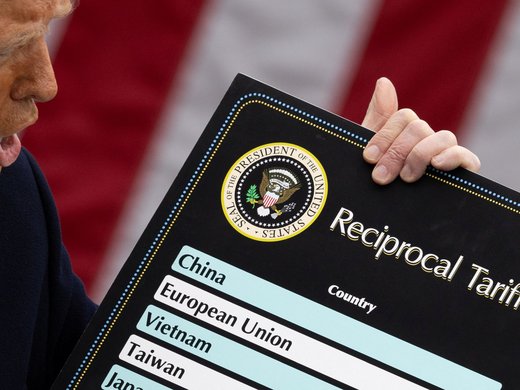Ontario peaches and nectarines and Quebec’s ice cider have gained an international reputation for their value and quality. What connections might product-place relationships have on the food industry in Canada? Canada’s new legislation to protect geographical indications (GIs) creates new opportunities and challenges for those seeking to develop and commercialize local and indigenous agricultural and food-based products in domestic and global markets. These changes were brought about by Canada’s ratification of the Comprehensive Economic and Trade Agreement between Canada and the European Union, in which a high point of the agreement was the expansion of GI rights to certain types of agricultural and food-based products.
To this end, the Trade-marks Act was amended to include the protection of GIs for these agricultural and food-based products. This policy brief addresses GIs in a domestic context and examines what it will take to move the dialogue from an abstract to a more practical focus on how GIs can be successful intellectual property forms in Canada. Although amendments to the Trade-marks Act allow agricultural and food-based GIs to be registered in Canada, a full understanding of GIs as drivers of economic growth is lacking.


